A new 3D cell culture allows researchers to study how mechanical pressure influences stem cells for regenerative medicine and cell therapy.
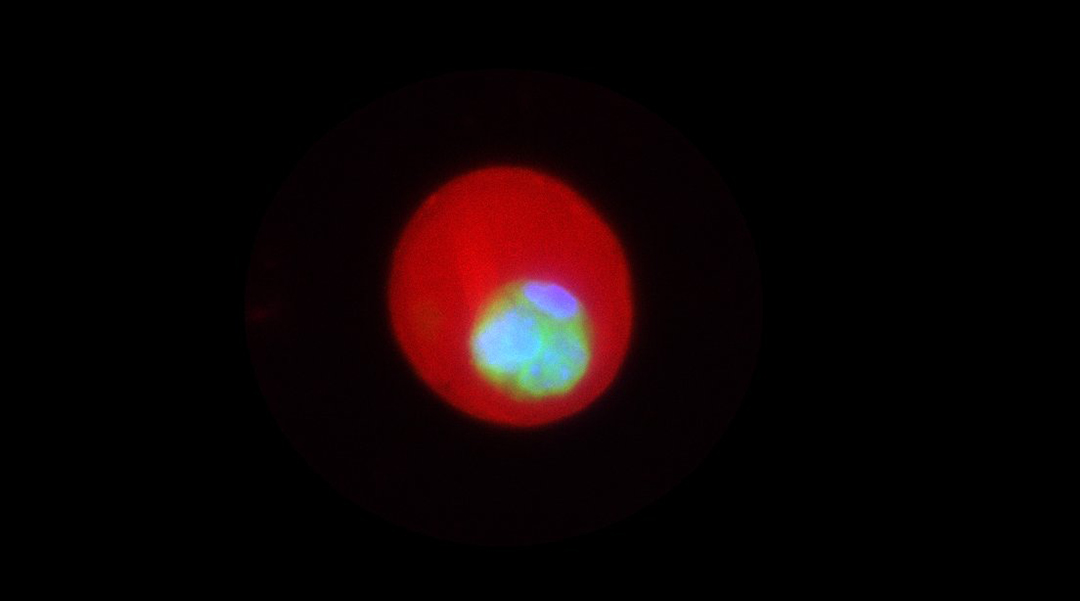

A new 3D cell culture allows researchers to study how mechanical pressure influences stem cells for regenerative medicine and cell therapy.
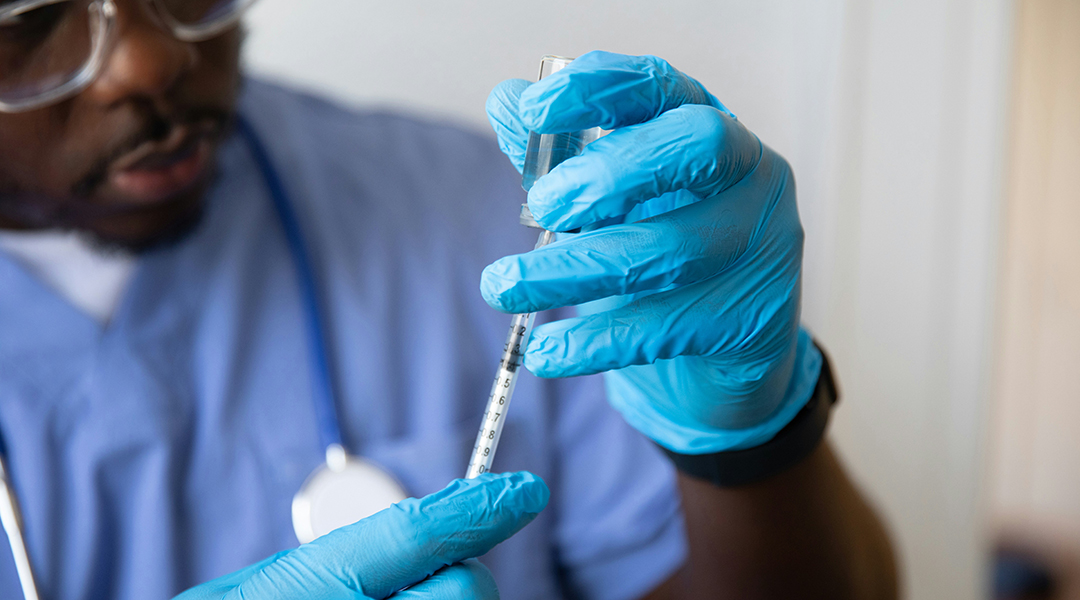
Researchers use enzymes to link antigens and adjuvants, creating safer and more effective vaccines by lowering the required adjuvant dosage.
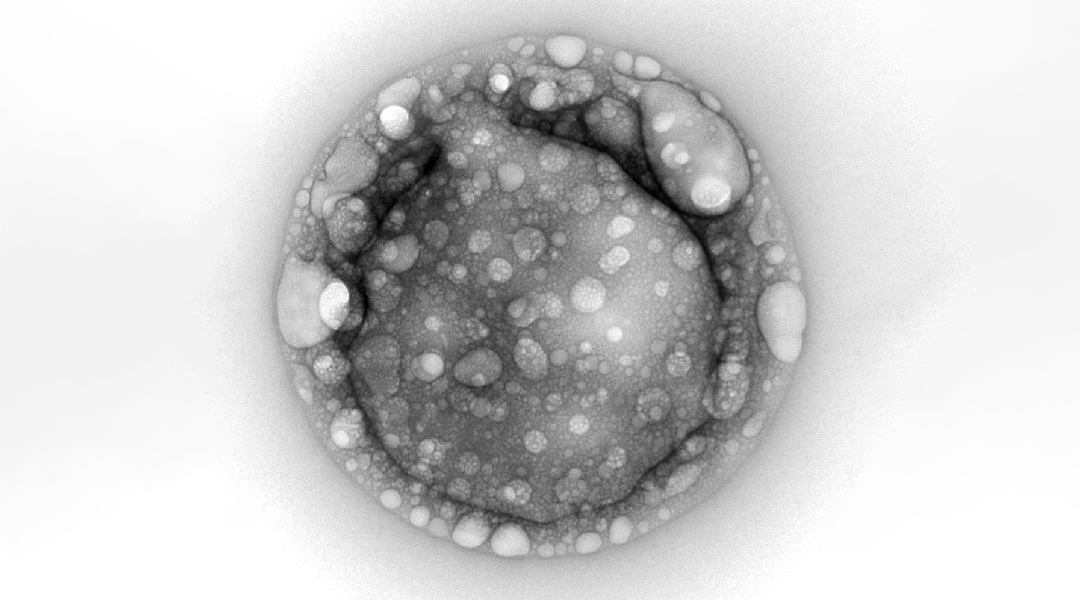
What role could non-biological molecules have played in helping primitive biological and chemical systems evolve into their current, complex forms?

Specially designed microrobots could help clean plastic waste from water systems.
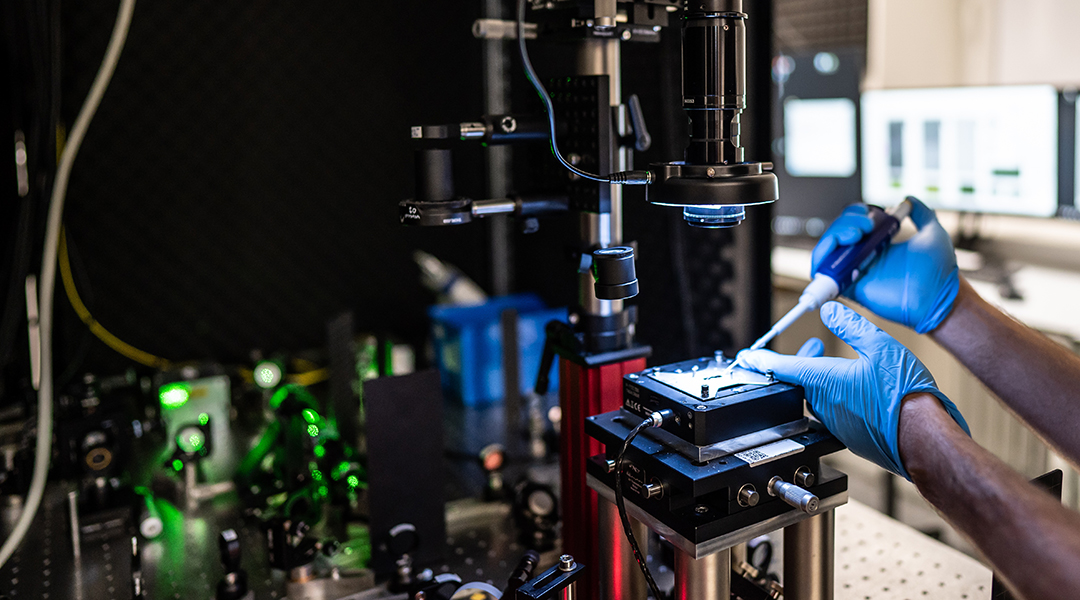
A new method with unprecedented resolution allows researchers to visualize dynamic and elusive mechanisms that underpin essential biological processes, such as cell division.

Highlighting the excellent research being published in the multidisciplinary field of biomedical materials and life sciences.

The Editors of Small Methods are pleased to publish this special biomedical virtual issue. This collection highlights outstanding research in Small Methods from the very first issue to now, in the areas of biosensing, biomedical engineering, nanomaterials,...
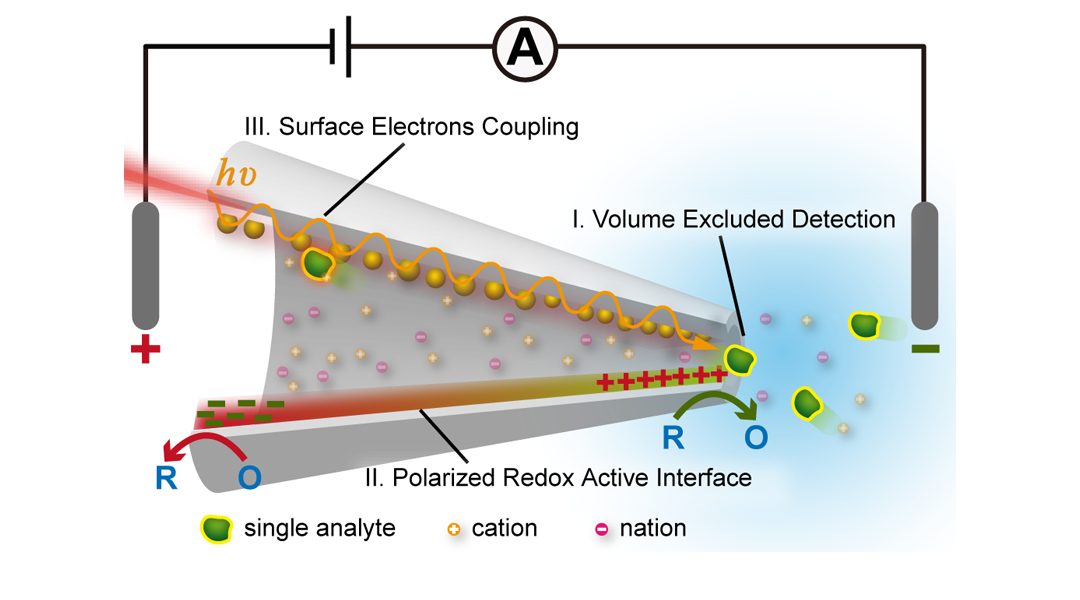
Electrochemical confined effects are capable of exploring the novel detection mechanisms of nanopore to efficiently convert the dynamic function/structure of single molecules into the ionic signatures or optical patterns. This will prompt the nanopore to emerge on the comprehensive range of future applications in both life and material science.

Nanoprobe-based methods can sample the content of a single living cell without affecting its viability.
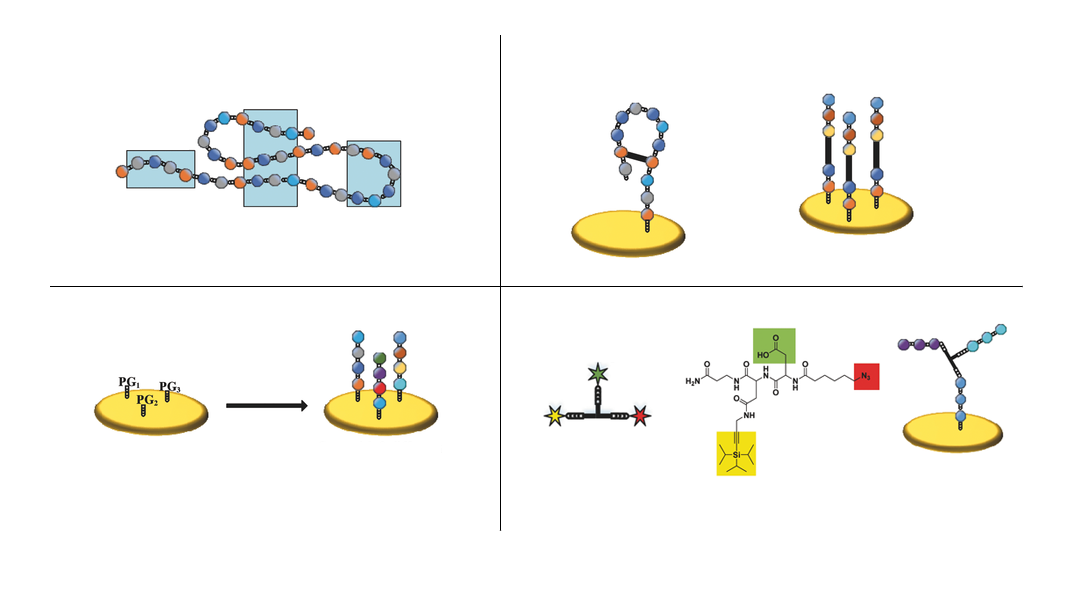
A method to create arrays of branched peptide assemblies as a surrogate for protein arrays is developed.